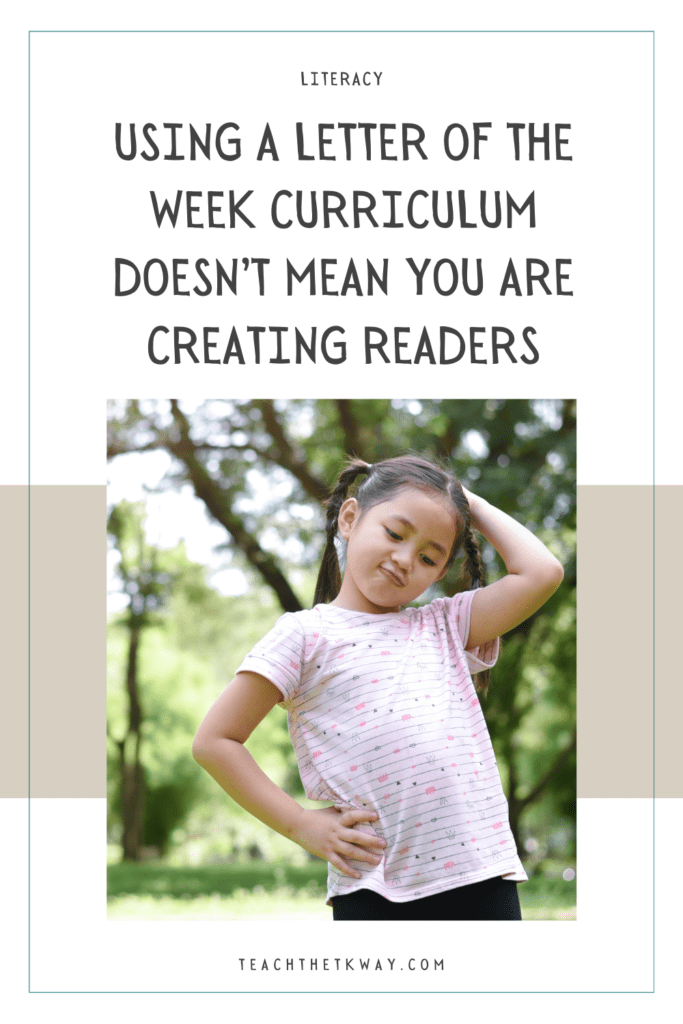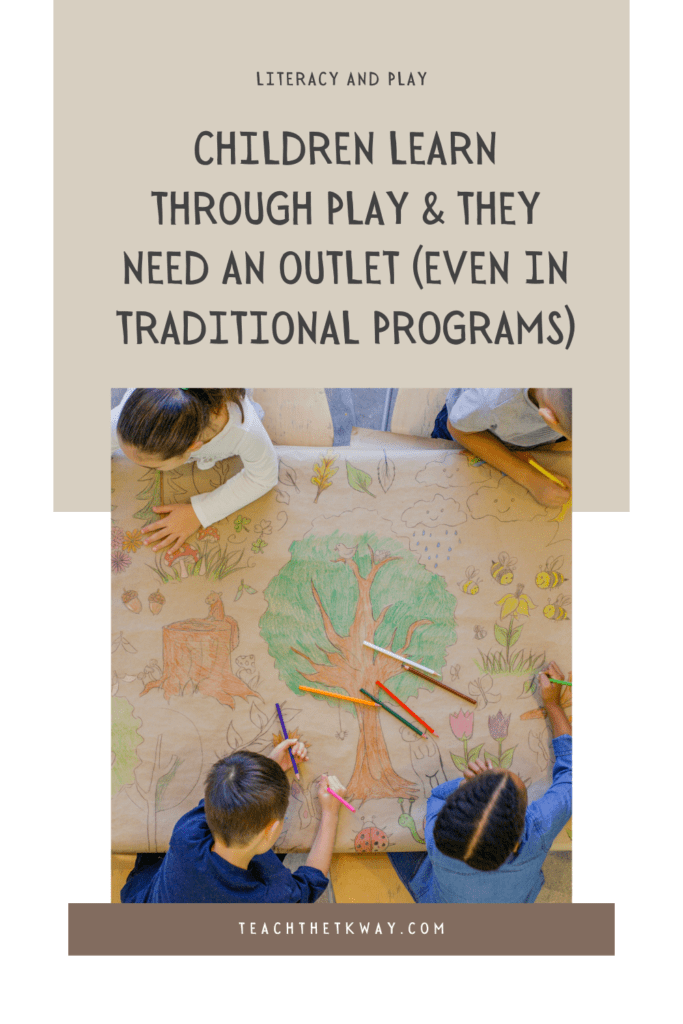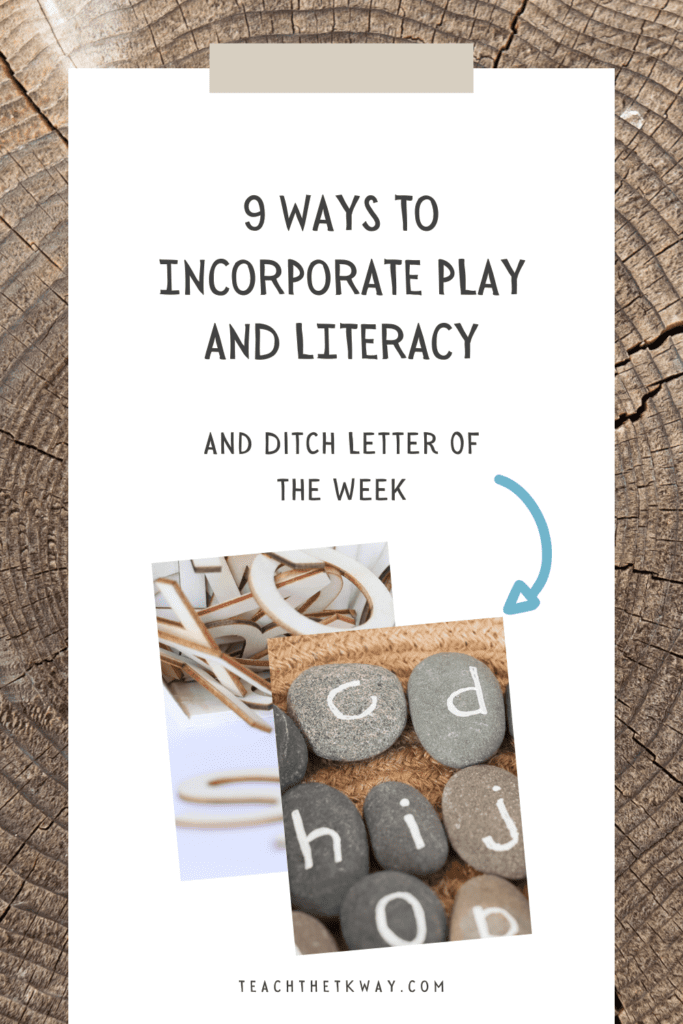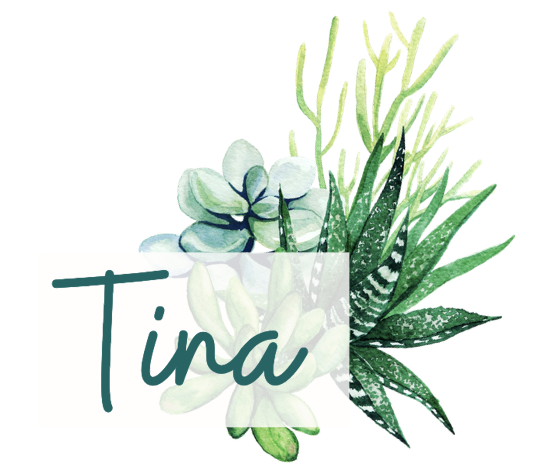In the beginning, I was all about the letter of the week! All of our songs, snacks, and activities revolved around a single letter. I made sure that the activities were engaging and focused on the sound the letter of the week made. Then I decided I was going to change it up a bit and started the alphabet backward, since we usually didn’t get to give W, X, Y, and Z as much love. Still following all the same type of isolated activties.
I also used to make children sit at circle time, all eyes on me for a few minutes to start, and then we would work up to 20-30 mins for “kinder readiness”. Made them count the calendar days, over and over and over. I used to take the children outside – only when we had time and the weather was nice. But those are topics for another day.
I spent my weekends cutting out penguin beaks and feet, apples, and worms, and pieces for owls, bats, and pumpkins to go along with our letter crafts. But once I really started to lean into how children actually connect language and literacy I took the time to work on my own perceptions. Teaching letter of the week focuses on letter recognition out of context and in isolation. Neither of these is the best practice for learning any topic, especially language, and literacy.

My own children were products of the language pendulum, and I knew there needed to be a better way. My oldest only learned the rules of language. So he would spend hours after school (as a first grader) telling me when 2 vowels go walking the first one does the talking. And a vowel consonant vowel meant that the first vowel said its name. He would then go on to sound out C A T slowly putting the correct sounds together, and then look me straight in the eye and guess the word— Dog???
Using A Letter Of The Week Curriculum Doesn’t Mean You Are Creating Readers
It broke my heart that he was listening, paying attention, and applying the rules, but couldn’t read! A single sentence took hours to get through, and we were both losing patience and a love of the written word very quickly. Then along came my daughter. She was in the sight-word-only era. She could memorize flashcards with the best of them, but throw a random word she hadn’t learned (or made a card for) yet, and she struggled to put sentences together too!
Then my youngest 2 boys ( a year apart in school) were products of a more balanced approach to literacy. And although they began to read faster than their siblings, we still had to break the habit of thinking that anytime they saw the letter A it meant APPLE. As well as seeing an X (no matter where in the word it lived) the word was obviously XRAY.
Letter Of The Week Activities Wasn’t Allowing The Children To Learn To Love Reading
So it became part of my journey to make sure the foundation of language and literacy I was sharing with my own young students was actually in a way that supported their learning styles. Offering activities and opportunities that were developmentally appropriate for young children.
I knew that because children learn through play they needed an outlet (even in traditional programs) that supported their right to learn language and literacy in a way that was best for them. But, when the majority of admin, caregivers, and even colleagues hear the word play, they think FUN! And when they think fun, they worry that standards aren’t being met, objectives aren’t being covered, and teachers aren’t teaching!
Let me let you in on a little secret! Play isn’t just FUN, play is learning. And all types of play are necessary for whole child development. This includes even messy play activities and lessons. So I began to incorporate language and literacy play in all of our activities. Like mud and sand play, loose parts play, and nature play!
What Happened When I Said “No More Teaching Letter Of The Week”?
When I first gave up the letter of the week curriculum, I know I made a lot of mistakes. I flailed around trying to find activities to fill our mornings. Struggled to make it all make sense for my brain. (Even though it was working for the students).

And now that I’ve helped other teachers reframe the way they teach literacy in early ed programs, I see a tendency to make some of the same mistakes I did. So let me share with you the top 3 mistakes made when giving up letter of the week activities:
- Falling back on what you have always done because it takes time, energy, and money to create new lessons, activities, and fun ideas.
- Struggling to show admin that play is covering standards and objectives. It is much easier to pull out a printable and show tangible evidence of what a student might know. Versus finding creative ways to show that they “wrote” the alphabet in mud on the playground.
- Spending time creating detailed lessons that aren’t developmentally appropriate.
Activities For When You Decide To Go All In And Give Up What You Have Always Done
Instead of letter of the week, you could focus on a more balanced approach and foundation. Early learners need to put things into context for deeper learning. Play-based classrooms should include literacy activities like:
- Rhyming Words and Songs
- Understanding the way words and sounds come together and help children improve their oral language. Plus it lays the groundwork for written language and reading comprehension strategies as they develop.
- Phonemic Awareness
- Understanding the parts of words is a skill needed for later reading success. Every word is made of individual sounds or phonemes. Activities like syllable Counting where you clap and count the students’ names to listen for syllables.
- Concepts of Print
- A favorite activity was the organization of books. Where we discussed front and back covers, the spine of a book, plus how print is organized on a page. Left to right, top to bottom. And the differences between letters, words, sentences and paragraphs.
- We used “big books” and chart paper to write daily messages and our favorite songs. Then I would draw attention to words and letters on the page. Having students underline a letter and tell me what it was. Helping students understand the similarities and differences between the spoken and written word.

- Shared Reading
- I loved using a shared reading style. I read a specific book each week. Then we would create retelling kits with flannel stories, magnet pieces and student-created books.
- Writing Centers
- In early ed programs, this looks a lot like having writing implements throughout the room. Encouraging students to make lists, write letters to family. And even create their own name cards and classroom labels.
- Individual Name Cards with Icons
- This helped the visual learners begin to assimilate the idea that A didn’t always mean Apple. Sometimes it meant Ainsley, and sometimes it meant Andrew, and other times it meant Acorn. You get the idea!
- Make a Class Name Book
- This one was super fun. We drew pictures of all the students in class. Incorporated their names under their self-portraits. Then we asked the other teachers in the school to add their pages to our book. The students begin to realize that we all shared the same letters, but their name was their specific letter pattern.
- Sort Letters (also works with numbers)
- Magnetic letters, letter cards, wooden letters, and letter blocks. It doesn’t matter where you get them, how many you have, or if the set is complete. We just started sorting them whenever we found them.
- Environmental Print
- This also went along with our social studies lessons. We created a map of our community. Then the students helped me label all the places they visited, frequented or knew about. Then we added their homes, and addresses if they knew them. The foundation of learning at its finest.
Once I learned that providing play-based activities was helping my students develop a stronger foundation for language and literacy, I became more willing to be an advocate for play in our traditional program. That’s exactly why I gave up the letter of the week! Are you ready to ditch it too?




2 Responses
Hi Tina,
I’d really like more information on how to teach TK students letter without doing a letter of the week. I read the article but I still have lots of questions.
Thank you so much.
Hey Tonya, send over an email (or catch me on Instagram @teachthetkway) and we can chat for sure! tina@teachthetkway.com